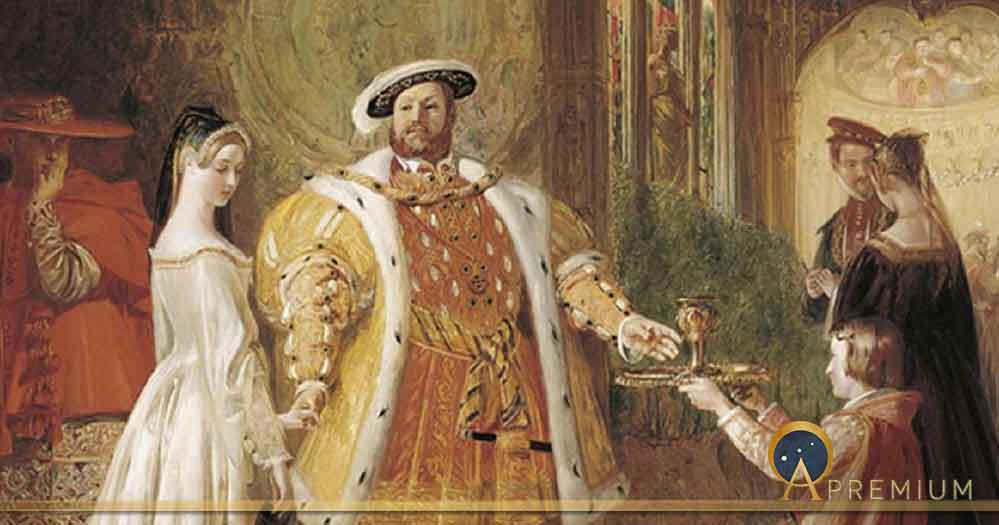Unlawful Love - Queen Anne Boleyn – Witch or Not?
Queen Anne Boleyn, King Henry VIII’s second wife, was executed on 19 May 1536 on charges of adultery with five men, including her own brother, and plotting the King’s death. She was believed to have practiced “unlawful love” or witchcraft upon the King.
“Unlawful Love”
In 1538 the so called Exeter Conspiracy was detected and members of the Pole-Courtenay circle were arrested, examined and executed. Over the course of his interrogation, Geoffrey Pole, brother of Cardinal Reginald Pole, said that before divorcing his wife, the King was “ caught in the snare of unlawful love with the lady Anne.” In other words, Pole insinuated that he and his circle believed that the King decided to divorce Katherine of Aragon because he was bewitched by Anne. The comment about the “ unlawful love” carried witchcraft connotations. Provoking someone to “ unlawful love” was among the tricks imputed to women using witchcraft to entice their lovers into a romantic relationship. It was not punishable by death during Anne’s lifetime in Tudor England, but it would become a felony under the 1542 Witchcraft Act.

Initially King Henry VIII was ‘bewitched’ with Anne Boleyn by William Powell Frith (1903) (Public Domain)
Chronicler Edward Hall wrote that in 1529, at the height of the royal divorce case, “ the Queen’s ladies, gentlewomen, and servants largely spoke and said that Anne so enticed the King, and brought him in such amours, that only for her sake and occasion, he would be divorced from his Queen.” An air of scandal surrounded Anne’s relationship with the King, and in 1532 one foreign dignitary suggested that King Henry VIII was “ charmed by potions or otherwise,” so the conservative faction at court was not alone in spreading gossip linking Anne with witchcraft.
“Accursed Lady”
The Holy Roman Emperor’s ambassador at King Henry VIII’s Tudor court, Eustace Chapuys, certainly believed that King Henry’s obsession with Anne bordered on unnatural, writing in December 1533 that “ this accursed lady has so enchanted and bewitched him that he will not dare say or do anything against her will and commands.” Chapuys never referred to Anne as Queen, even though she was crowned with St Edward’s crown on 1 June 1533; to him she was always the detested concubine and her daughter, Elizabeth, was a bastard, an illegitimate child conceived in adultery. In Chapuys’s view, Anne was not only “ accursed” but also “ that Devil of a concubine.”
Like this Preview and want to read on? You can! JOIN US THERE ( with easy, instant access ) and see what you’re missing!! All Premium articles are available in full, with immediate access.
For the price of a cup of coffee, you get this and all the other great benefits at Ancient Origins Premium. And - each time you support AO Premium, you support independent thought and writing.
Sylvia Barbara Soberton is an author, researcher and independent historian specializing in the Tudor court. Sylvia writes a best-selling series of books entitled The Forgotten Tudor Women. Her latest book is entitled Ladies-in-Waiting: Women Who Served Anne Boleyn and is a culmination of ten years of archival research into Anne Boleyn's household.
Top Image: Henry VIII's first interview with Anne Boleyn. (Public Domain)
















